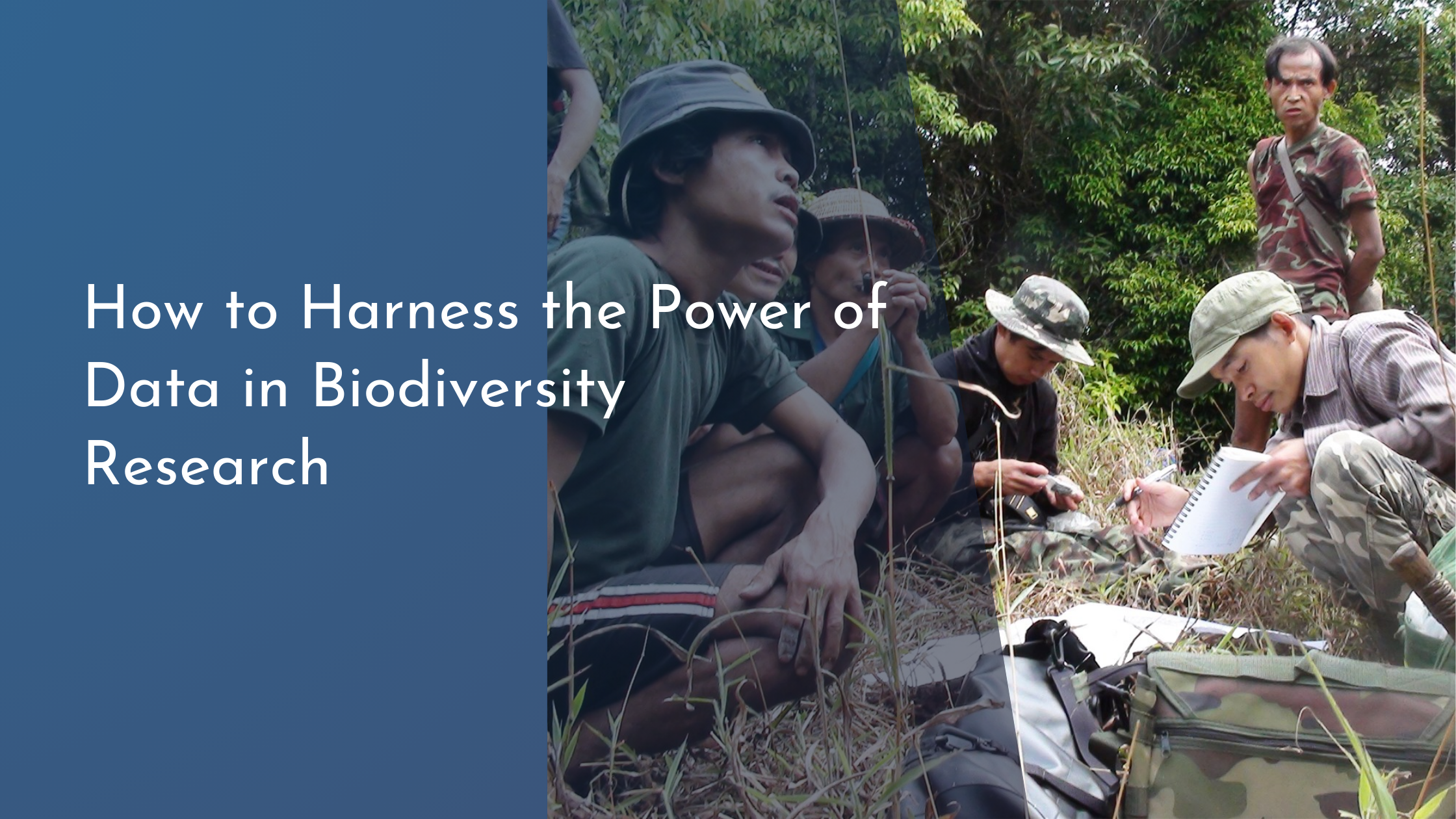How to Harness the Power of Data in Biodiversity Research
In an era where data drives decision-making across all sectors, biodiversity research is no exception. The wealth of information available today offers unprecedented opportunities to understand and protect our planet’s diverse ecosystems. By effectively harnessing the power of data, researchers can gain deeper insights into the intricate web of life, informing conservation efforts and ensuring a sustainable future for generations to come. This article explores the critical role data plays in biodiversity research and provides valuable insights into efficiently collecting, managing, and analyzing biodiversity data.
Understanding the Role of Data in Biodiversity
Data is the backbone of biodiversity research, providing the foundation upon which scientists build their understanding of ecosystems and species interactions. It offers a comprehensive view of the natural world, revealing patterns and trends that can guide conservation efforts. With data, researchers can track changes in species populations, monitor habitat destruction, and assess the impact of climate change on biodiversity. By leveraging various data sources, including field observations, satellite imagery, and genetic information, scientists can create a detailed picture of global biodiversity.
Moreover, data facilitates collaboration and knowledge sharing among researchers, policymakers, and conservationists. By making data accessible and interoperable, stakeholders can work together to address pressing environmental challenges. Open data platforms and repositories have become invaluable resources, breaking down silos and fostering a global community of biodiversity researchers. This collaborative approach amplifies the impact of individual studies, leading to more comprehensive conservation strategies and policies that can effectively address the complex threats facing biodiversity.
Collecting and Managing Biodiversity Data Efficiently
Efficient data collection is a crucial step in harnessing the power of data for biodiversity research. Fieldwork remains a fundamental component, where researchers gather direct observations of species and ecosystems. However, technological advancements have revolutionized data collection methods, allowing for more accurate and extensive datasets. Tools such as remote sensing, drones, and automated recording devices enable researchers to collect data from hard-to-reach areas, providing insights into previously inaccessible ecosystems.
Managing this vast amount of data requires robust systems and practices to ensure its quality and accessibility. Data management encompasses data cleaning, storage, and organization, making it readily available for analysis. Implementing standardized protocols helps maintain data integrity and facilitates data sharing among researchers. The use of cloud-based storage solutions and data management software allows for efficient handling of large datasets, ensuring that vital information is preserved and easily retrievable for future research and analysis.
Analyzing Data to Uncover Biodiversity Insights
Once biodiversity data is collected and organized, the analysis phase begins, where researchers employ various statistical and computational tools to extract meaningful insights. Advanced analytical techniques such as machine learning and artificial intelligence play a pivotal role in identifying patterns and predicting trends in biodiversity data. These technologies can process vast datasets swiftly, uncovering hidden relationships and anomalies that might be missed through traditional analysis methods.
Data visualization also plays a crucial role in interpreting biodiversity data, making complex information more comprehensible and actionable. By transforming data into visual formats such as graphs, maps, and infographics, researchers can effectively communicate their findings to a broader audience, including policymakers and the general public. This visual representation of data not only enhances understanding but also helps in advocating for necessary conservation measures, thus bridging the gap between research and practical implementation.
Embracing the power of data in biodiversity research is essential for addressing the pressing environmental challenges of our time. As we continue to advance our data collection, management, and analysis capabilities, we unlock new opportunities to protect the planet’s rich biodiversity. By fostering collaboration and innovation, researchers can develop sustainable conservation strategies that ensure the health and vitality of ecosystems worldwide. Together, by harnessing the power of data, we can pave the way for a brighter, more biodiverse future for all living beings.

